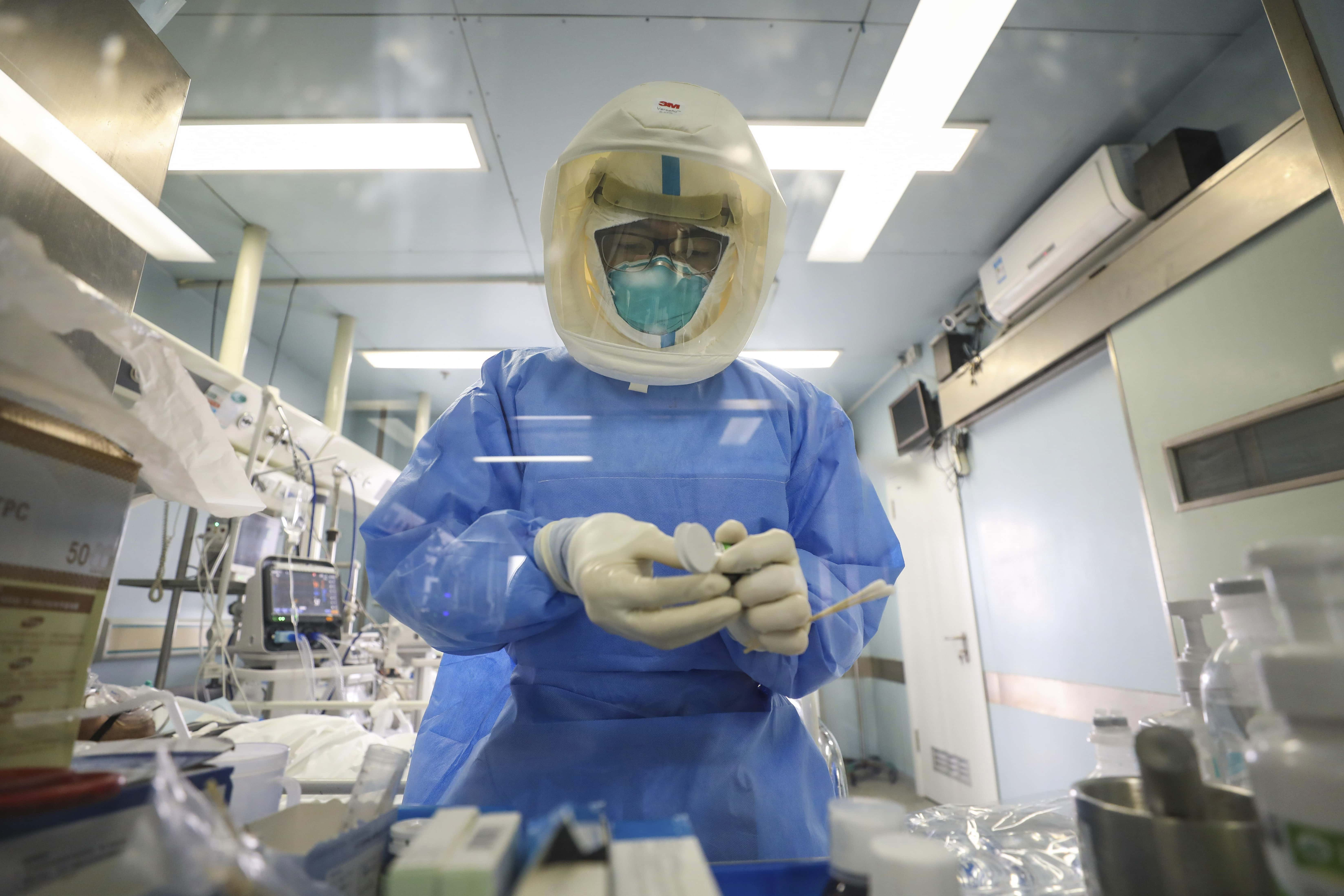Coronavirus: China withheld key genetic data indicating SARS-like virus for over 2 weeks before making it public

China did not release crucial genetic data on the Coronavirus Disease (COVID-19) which was needed for rapid diagnostic development during an outbreak—for over two weeks after it emerged that Severe Acute Respiratory Syndrome (SARS)-like disease was making people sick.
On January 9, 2020, the Chinese health authorities and the World Health Organization (WHO) announced the discovery of a novel coronavirus, which was confirmed as the agent responsible for the pneumonia cases.
Subsequently, the Chinese authorities shared the full sequence of the coronavirus genome, as detected in samples taken from the first patients. Sequencing the genome of pathogens is crucial for the development of specific diagnostic tests and the identification of potential treatment options.
“The preliminary sequence data indicating the presence of a Severe Acute Respiratory Syndrome (SARS)-related coronavirus in patients’ lung lavage samples were obtained on December 26, 2019, by next-generation sequencing (NGS). The Chinese authorities ruled out SARS and MERS, as well as a few other non-coronaviruses, on January 5, 2020, and confirmed a novel coronavirus as a potential cause on January 9, 2020,” says the research team—which includes members of the WHO International Health Regulations (IHR) Emergency Committee —in a commentary.
“However, the genome sequence—crucial for rapid development of diagnostics needed in an outbreak response was not released until Jan 12, 2020, 17 days after the preliminary sequence data were obtained,” says the team in a report published in The Lancet.
One researcher is also a member of the WHO Consultation Group on nCoV (novel coronavirus) reagents and cross-reactivity, as well a member of the WHO Working Group on Prioritization of nCoV vaccine.

The authors say that in the heat of the debate about the early response to the outbreak, insufficient attention was paid to how the initial evidence came from analysis requested by clinicians. This, according to experts, raises challenging questions and emphasizes the need for better outbreak reporting and detection systems.
The scientists questioned whether the response to emerging zoonotic viruses -- those that spread from animals -- could be made faster. “To our knowledge, all previous emerging zoonotic diseases outbreak investigations started with live virus isolation, including the 2012 Middle East respiratory syndrome coronavirus (MERS-CoV) discovery,” says the team.
In the current outbreak too, Chinese authorities waited for confirmation of the new coronavirus by current methods of isolating the live agent, which may have led to a delayed response to the outbreak. “Should a national response team report a highly suspected pathogen sequence before confirming an aetiological live agent? Are current national and international policies and regulations adequate to deal with a sequence-based outbreak reporting system?” question the experts.
They say, “While they have evolved over time, the postulates formulated by Robert Koch and Friedrich Loeffler in 1884 included the isolation of a live agent as a key criterion. We believe that it is time to establish an NGS-based reporting system that can alert to the presence of a new aetiological agent(s) rather than requiring the isolation of aetiological agents.”
The team, however, cautions that now is not the time for blame. “Rather, there are lessons the global health community can and should learn and act on so that we can better respond to the next emerging zoonotic viruses event, which is almost certain to happen again. These lessons are definitely not unique to China,” say researchers.

China on Friday reported another sharp rise in the number of people infected with a new virus, as the death toll crossed 1,380. The National Health Commission said 121 more people had died and there were 5,090 new confirmed cases.
According to the research team, it was the clinicians who led to the early detection of and warning about the 2019-nCoV outbreak in China. In investigating severe pneumonia cases of unknown cause, clinicians in two hospitals in Wuhan independently sent lung lavage samples from patients for NGS analysis by commercial NGS companies.
“Alarm bells rang, not only through the different levels of the official Chinese Center for Disease Control and Prevention (China CDC) reporting system but also through social media traced back to eight doctors who were wrongly accused of spreading 'fake news'. These doctors were later cleared of any wrongdoing and praised by the government authorities for their brave action in early alerting,” says the commentary.
The experts believe that achieving the right balance between information sharing and scientific publication is important during an emerging zoonotic virus outbreak response. “This is not a new challenge but greatly amplified in the 2019-nCoV outbreak when anger in China was directed towards a few leading scientists who were alleged to have held back sharing data about the virus to publish their findings. These unsubstantiated allegations consumed media attention and created media panic that was counterproductive to the outbreak response,” explains the team.
The researchers recommend clear national and international guidelines on how to achieve the right balance in the leadership provided by public health and research experts facing an outbreak of emerging zoonotic viruses.